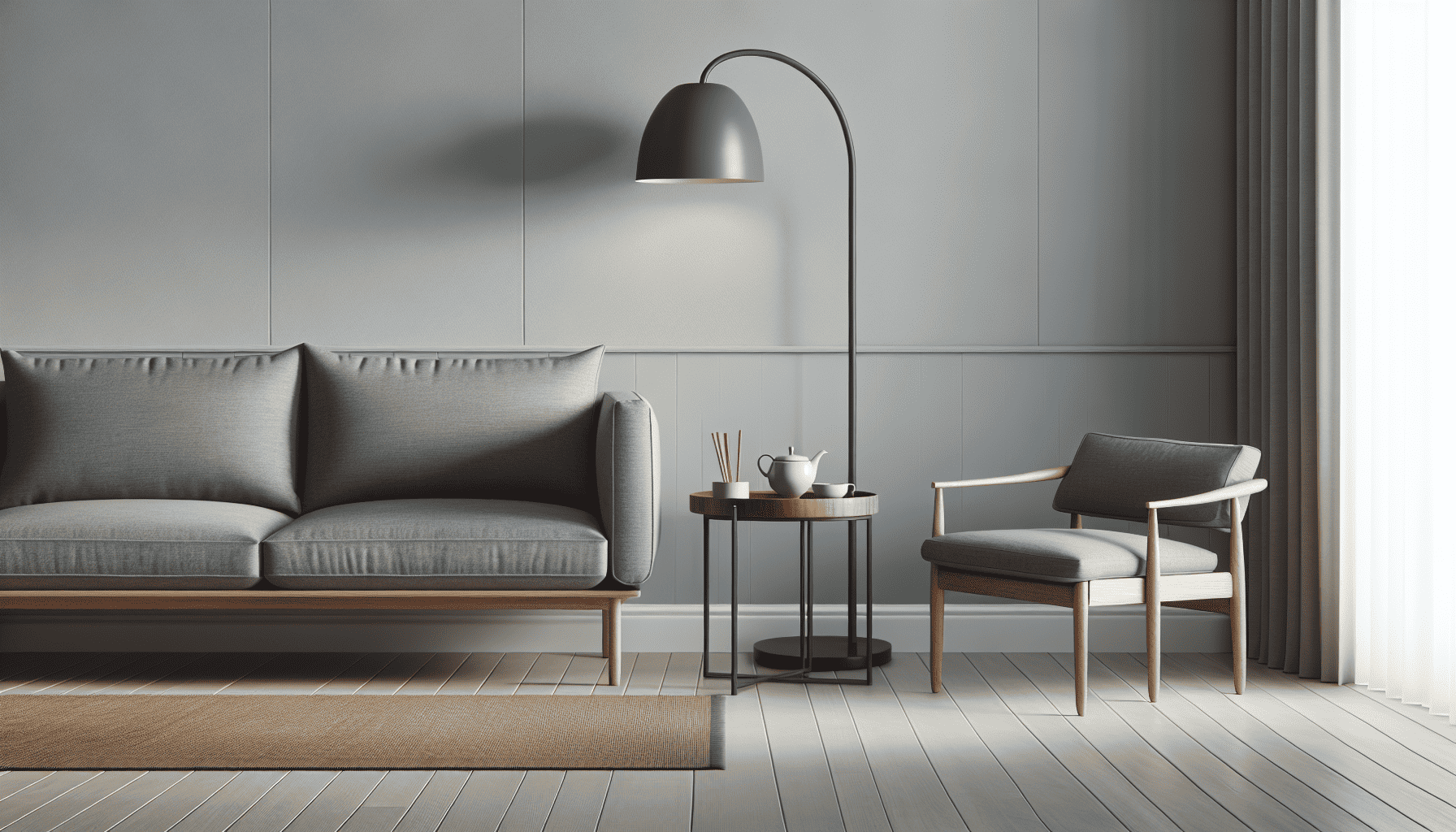Minimalist interior design has become increasingly popular in recent years, appealing to those who appreciate clean lines, uncluttered spaces, and a sense of tranquility in their homes. This design style emphasizes simplicity and functionality, focusing on creating an environment that is both elegant and modern, yet warm and inviting. Let's explore the elements that make minimalist interior design a timeless choice suitable for every home.
The Essence of Minimalism
At its core, minimalist design is about living with less and celebrating simplicity. It's an approach that removes unnecessary items and decorations, leaving only what is essential. This doesn't mean sacrificing comfort or coziness; rather, it means selecting furnishings and décor that serve a purpose and contribute to a harmonious overall look.
Key Elements of Minimalist Design
-
Color Palette: Minimalist interiors often employ a neutral color palette, consisting of whites, grays, and earth tones. These colors form a serene backdrop and create an illusion of space. Accents in muted shades or soft pastels can be added sparingly to introduce subtle warmth and character to the room.
-
Furniture Choices: The furniture in a minimalist home is usually sleek, functional, and uncomplicated. Pieces are chosen for their utility and form, often with clean lines and understated elegance. Multi-functional furniture, such as extendable tables or storage-integrated seating, is particularly popular in minimalist spaces.
-
Textures and Materials: Using a variety of textures can keep a minimalist space from feeling sterile. Incorporating materials like natural wood, stone, and soft textiles adds depth and interest to the décor without cluttering the space. Textures should complement the overall theme, maintaining a coherent and balanced look.
-
Space and Light: A crucial aspect of minimalist design is optimizing space and light. Decluttered spaces with ample room for movement foster a feeling of openness. Allowing natural light to flow into the home can elevate the airy, fresh sensation of minimalist interiors. Strategically placed mirrors can enhance illumination by reflecting available light.
-
Decorative Elements: While minimalist design is about restraint, personal touches can make a space feel more inviting. Carefully curated art pieces, indoor plants, or simple vases with fresh flowers can add warmth and life to any room. The key is to select items that enhance the aesthetic without dominating it.
-
Organization and Storage: To keep spaces tidy and uncluttered, effective organization and storage solutions are vital. Built-in cabinets, hidden compartments, and open shelving can accommodate belongings while maintaining a sleek appearance. Keeping surfaces clear and maintaining an organized environment are central to the success of minimalist design.
Creating a Cozy Minimalist Home
While minimalist design emphasizes simplicity, integrating elements of comfort is essential to create a home that feels welcoming. Layering textiles, such as throw pillows and cozy blankets, and introducing soft lighting options, like floor lamps or pendant lights, can help achieve this balance. Personal mementos or family photographs displayed in a thoughtful manner can also contribute to a sense of warmth and personality.
Ultimately, minimalist interior design is about finding beauty in simplicity and functionality. It allows you to create a home environment that is peaceful and free from distractions, letting the quality of elements stand out and shine. Whether you're renovating your current space or starting from scratch, embracing minimalism can bring elegance, modernity, and coziness to your home, making it a truly serene sanctuary.
